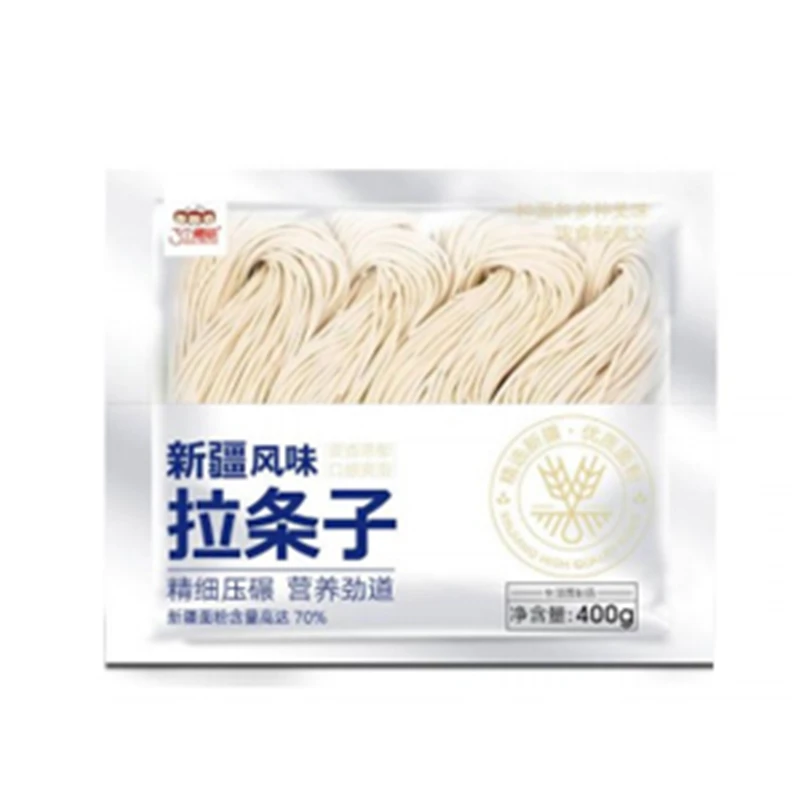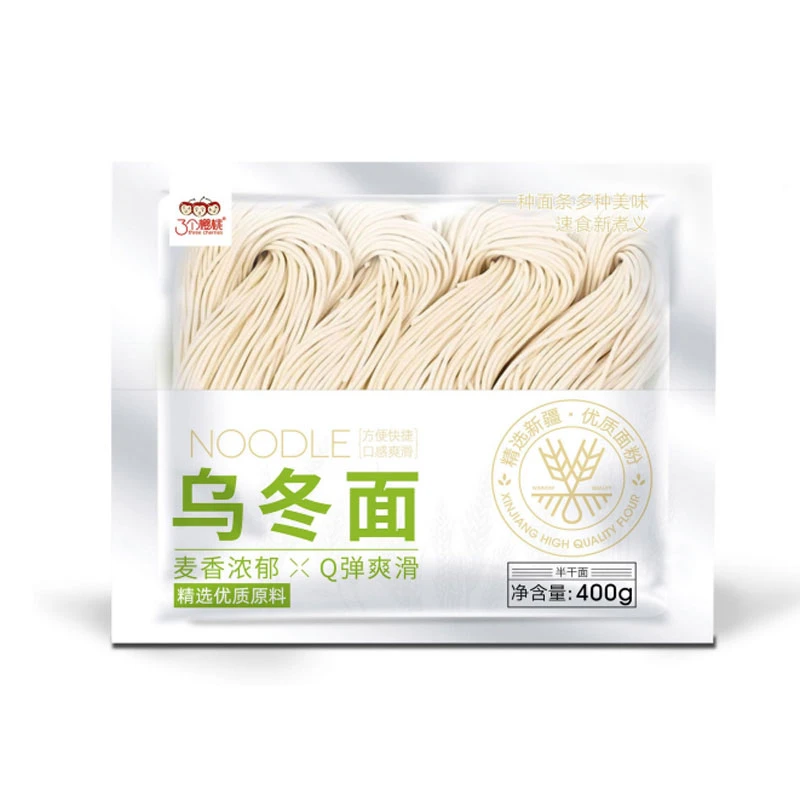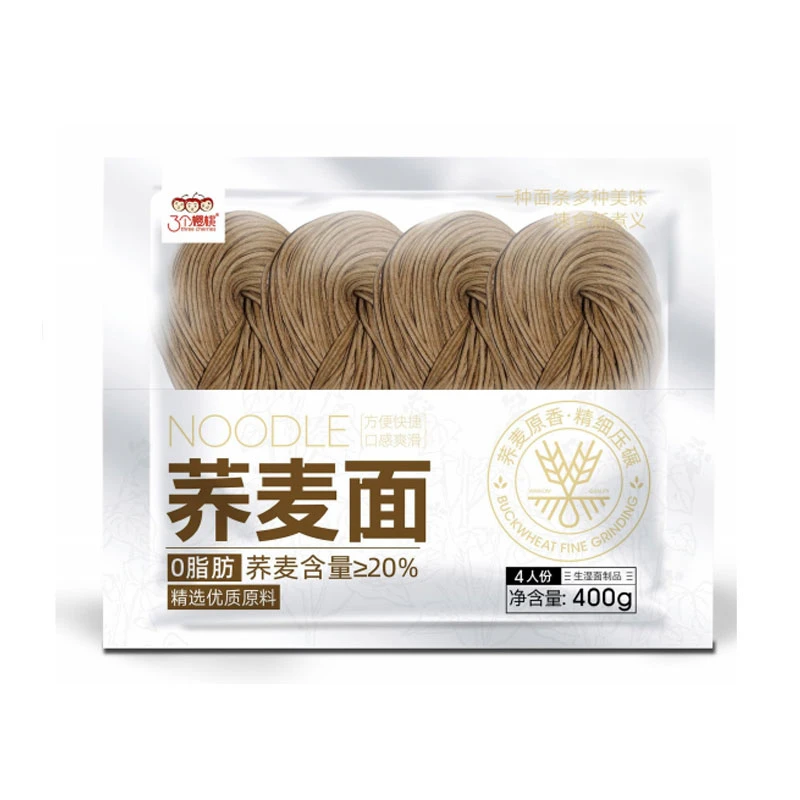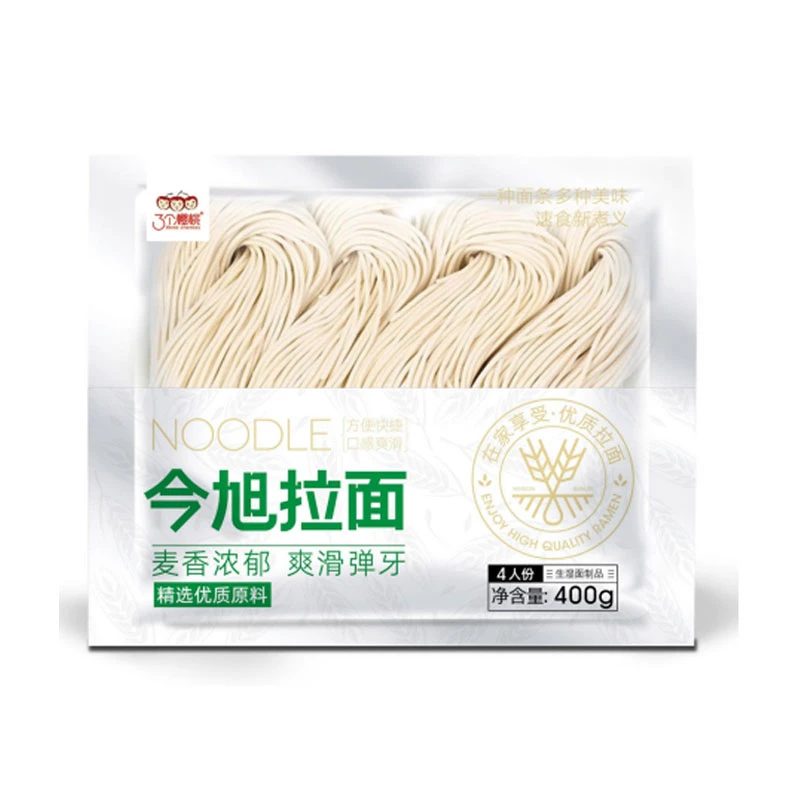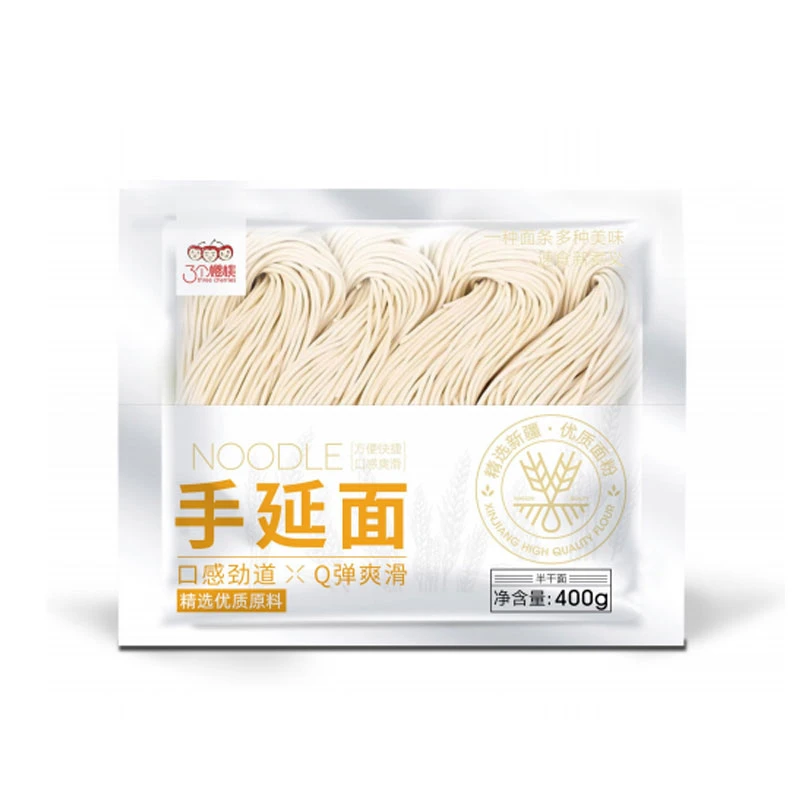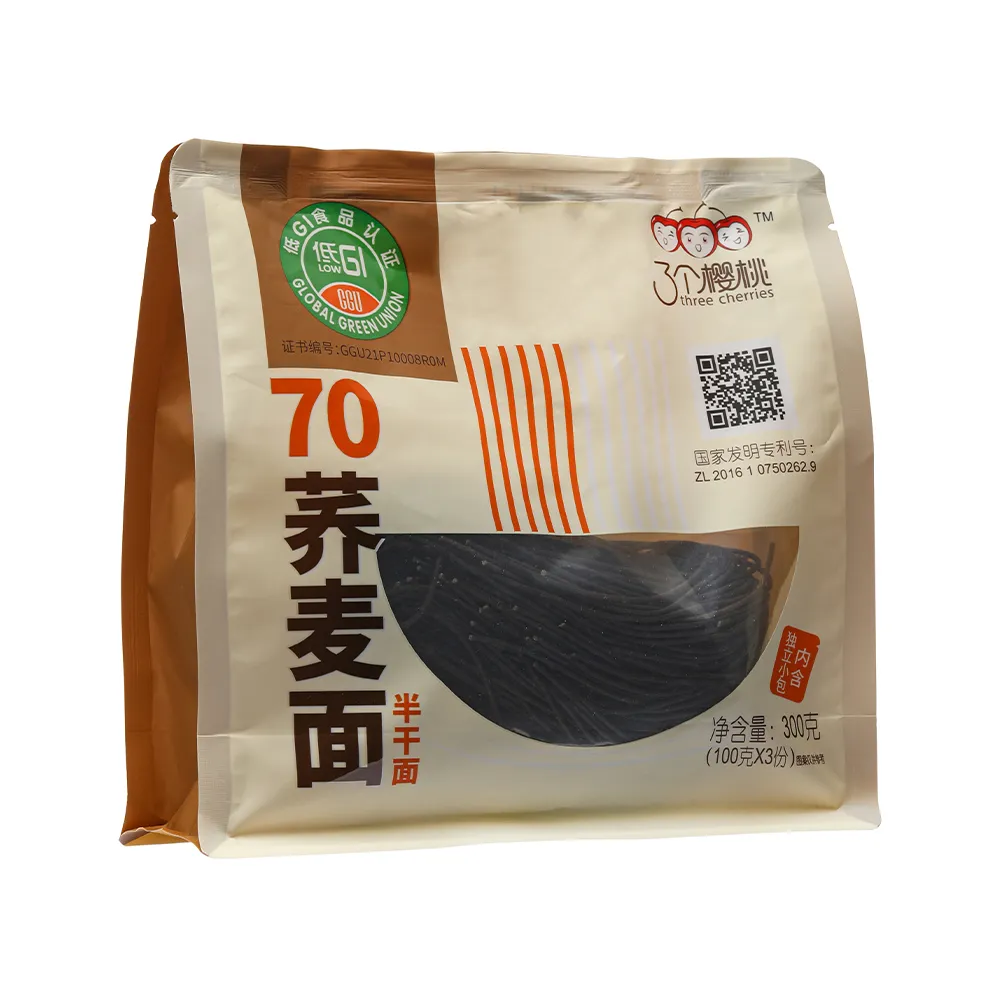Discover the Best Types of Instant Ramen Noodles – Flavorful, Fast & Easy Meals
- Introduction to the types of instant ramen noodles
and their global significance - Statistical Impact and Market Expansion of Instant Ramen
- Technical Advancements in Instant Ramen Production
- Comparative Analysis of Leading Instant Ramen Types and Manufacturers
- Customization Solutions and Innovations in Instant Ramen
- Real-world Application Cases of Various Instant Ramen Types
- Conclusion: Harnessing the Diversity of Types of Instant Ramen Noodles

(types of instant ramen noodles)
Understanding the Vast Types of Instant Ramen Noodles
Instant ramen has evolved beyond a simple convenience meal to become a culinary staple worldwide. The types of instant ramen noodles encompass various regional flavors, production methods, and noodle textures, catering to a global palette yearning for diversity and speed. As immediate cuisine has integrated into urban cultures, ramen has adapted to local preferences, from classic Japanese shoyu broths to spicy Korean renditions, and even to health-focused alternatives featuring whole grain or low-sodium formulations. This transformation mirrors a broader global trend: convenience paired with sophisticated taste experiences. The competitive landscape of instant ramen is defined by continuous innovation in packaging, nutrition, and authenticity—each variety promising a different story in a bowl.
Impactful Data: The Expansion and Dominance of Instant Ramen Types
In 2023, the global demand for instant noodles surpassed 121.2 billion servings, according to the World Instant Noodles Association (WINA). Asia dominates this market, with China, Indonesia, India, Japan, and Vietnam accounting for nearly 80% of total consumption. The market's compound annual growth rate (CAGR) is projected at 5.2% from 2024 to 2029, driven by urbanization, rising disposable incomes, and increasing demand for quick meal solutions. Preference data reveals a split across regions: 56% of European consumers favor cup-type ramen for convenience, while in Japan, 63% of consumers prioritize authentic flavor replication. Rising health consciousness has also created a new segment—low-fat, high-protein instant ramen types grew by 18% in sales last year alone. These numbers highlight instant ramen's dynamic role in shaping modern fast-food culture.
Technological Innovations in Instant Ramen Production
The evolution of production technology has redefined the quality and shelf life of instant ramen noodles. Key advancements include flash frying versus air drying techniques—once primarily focused on durability and cost, modern machinery prioritizes texture retention and nutrition. Advanced “steam blanching” systems now reduce the oil content by nearly 35%, catering to health-focused consumers. Smart packaging with oxygen absorbers extends shelf life up to 18 months without preservatives. In manufacturing, precision extrusion creates noodles with more consistent thickness and elasticity, better replicating the authentic ramen shop experience at scale. Companies integrate automated flavor dosing and multi-layer packaging, preserving both the integrity of soup bases and the springiness of noodles. The application of these enhancements ensures that each style of instant ramen—be it traditional, vegan, gluten-free, or protein-enriched—achieves both quality and efficiency benchmarks that satisfy modern standards.
Manufacturer Comparison: Instant Ramen Types, Innovation, and Reach
With a wide array of instant ramen brands and types competing in the market, consumers and distributors seek not just taste but also variety and reliability. Comparing leading manufacturers provides valuable insights into innovation, nutrition, and global reach. Below is a comprehensive, data-driven comparison:
| Brand/Manufacturer | Flagship Types | Production Method | Health-focused Varieties | Annual Global Sales (Bn) | Key Markets |
|---|---|---|---|---|---|
| Nissin Foods | Shoyu, Seafood, Curry, Vegan | Steam & Flash Fry | Low-sodium, No MSG, Whole Grain | 14.4 | Asia, North America, Europe |
| Samyang Foods | Hot Chicken, Kimchi, Mala | Air Drying | Gluten-free, High-protein | 4.3 | Asia, Middle East, Global |
| Indomie | Mi Goreng, Soto, Rendang | Flash Fry | No artificial color, Halal | 16.5 | Asia, Africa, Oceania |
| Maruchan | Tonkotsu, Shrimp, Chicken | Flash Fry | Reduced sodium | 10.2 | North America, Latin America |
| Toyo Suisan (Myojo) | Miso, Spicy, Seafood, Yaki Soba | Steam, Air Drying | Vegan, High-fiber | 6.8 | Asia, USA, Europe |
This table illustrates the unique positioning of each manufacturer and emphasizes how instant ramen types have diversified, reflecting both regional heritage and modern culinary preferences. Health-focused adaptations and market-specific offerings continue to accelerate global appeal.
Customized Solutions: Tailoring Types of Instant Ramen
Customization has become a defining factor in the competitive instant ramen landscape. Food service businesses and retailers now collaborate with manufacturers to craft exclusive blends that resonate with target demographics. Popular customizable options include adjusting spice levels, fortifying recipes with added nutrients, and designing unique flavor profiles—think truffle-miso fusion or vegan kimchi noodle. Technology allows for micro-batching and rapid prototyping, enabling consumer feedback to shape final products. Large-scale caterers and convenience chains commission private-label ramen that reflects local trends or health standards: for example, sodium-reduced bowls designed for school lunch programs in North America, or fortified noodles for nutritionally sensitive markets across Southeast Asia. Packaging innovation enables meal kits containing separate soup, noodle, and garnish packages, enhancing the unboxing and eating experience. The rise of digital supply chains ensures transparent sourcing of wheat, flavorings, and additives, empowering businesses to market the provenance and sustainability of their bespoke ramen offerings.
Real-World Application: Case Studies Highlighting Instant Ramen Diversification
The versatility of instant ramen is showcased in its adoption by foodservice giants, humanitarian initiatives, and gourmet platforms alike. In Japan, convenience store group FamilyMart reported a 27% sales surge for plant-based instant ramen variants in metropolitan areas. Meanwhile, partnership programs between global NGOs and noodle manufacturers, such as the United Nations World Food Programme, deploy fortified instant ramen in rapid response to nutritional shortages—distributing over 90 million meal packs annually in crisis zones. Culinary startups leverage artisanal instant ramen for premium meal kits, targeting home chefs seeking fast yet sophisticated options. In South Korea, K-pop-themed ramen promotions by Samyang increased market share among Gen Z consumers by 12% in one year. University campus dining halls and corporate cafeterias worldwide integrate specialty ramen stations, highlighting gluten-free and allergen-conscious types. Restaurants in North America have even begun offering DIY ramen bars utilizing shelf-stable noodle bases to reduce kitchen prep time and food waste, demonstrating how instant ramen convergence meets both operational efficiency and evolving consumer tastes.
Conclusion: Embracing the Diversity in Types of Instant Ramen Noodles
The flourishing ecosystem of types of instant ramen noodles embodies a remarkable fusion of innovation, adaptability, and culinary creativity. As consumer priorities shift toward nutrition, variety, and experience, manufacturers respond with technical breakthroughs, robust supply chains, and collaborative product development. Market data affirms the sector’s potential: billions served annually, an ever-expanding array of instant ramen types, and deep cultural resonance across continents. Whether through classic flavor preservation, health-oriented reinterpretations, or innovative applications in food service and philanthropy, instant ramen adapts to the tempo of modern life without sacrificing quality or inspiration. Stakeholders—be they food brands, retailers, or end customers—stand to benefit profoundly from the ongoing advancement and diversification of instant ramen products worldwide.

(types of instant ramen noodles)
FAQS on types of instant ramen noodles
Q: What are the different types of instant ramen noodles?
A: There are several types of instant ramen noodles, including cup noodles, brick noodles, bowl noodles, and microwavable packets. Each type differs in packaging, preparation method, and serving size.Q: What are the most popular instant ramen types by flavor?
A: The most popular instant ramen types by flavor include chicken, beef, shrimp, spicy, and miso. Some brands also offer unique flavors like kimchi or curry.Q: Are all types of instant ramen prepared the same way?
A: No, preparation methods can vary based on the type of instant ramen. Some require boiling, while others just need hot water or microwaving.Q: What distinguishes cup noodles from other types of instant ramen?
A: Cup noodles come in a disposable cup and only require hot water, making them convenient for on-the-go meals. Other types may require a separate bowl or pot for cooking.Q: Can you get vegetarian or vegan types of instant ramen noodles?
A: Yes, many brands offer vegetarian or vegan types of instant ramen. These usually use plant-based broths and exclude animal products from the flavoring.-
Is Whole Wheat Pasta Healthy?NewsMay.30,2025
-
Are Soba Noodles Good for Weight Loss?NewsMay.30,2025
-
Are Buckwheat Soba Noodles Healthy?NewsMay.30,2025
-
Are Buckwheat Soba Noodles Gluten Free?NewsMay.30,2025
-
Are Buckwheat Noodles Good for You?NewsMay.30,2025
-
A Healthy Way to Savor Soba and Spicy FlavorsNewsMay.30,2025
-
What Are Lanzhou Noodles?NewsMay.30,2025
Browse qua the following product new the we












































































































